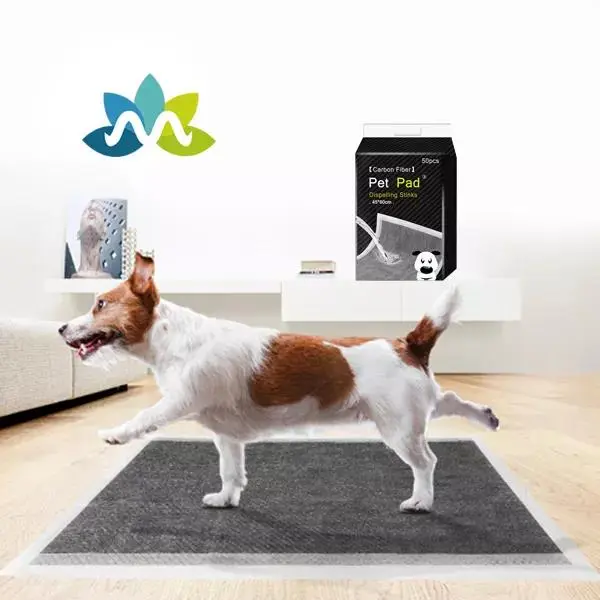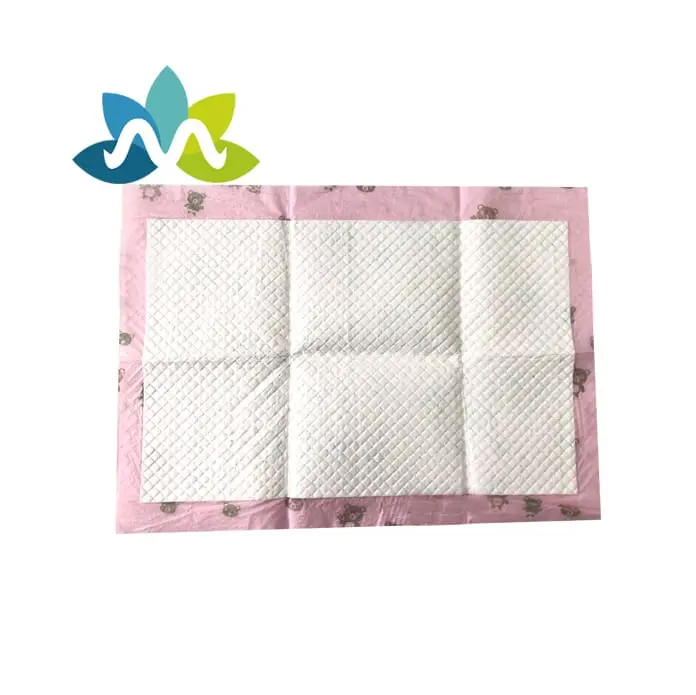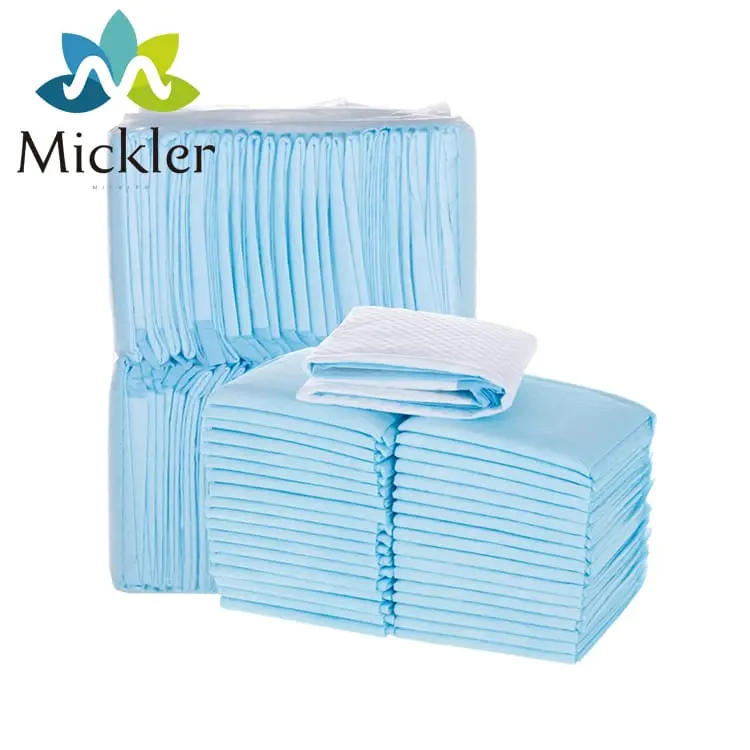Potty training is a fundamental step in care for you, your puppy, and the home you share. Puppy pee pads are a popular approach, but they have benefits and drawbacks you may want to consider.
Take time to explore what works for your puppy. Every dog is different, and their preferences and timeline to becoming housebroken can vary. While the process can be a challenge, with the right guidance and consistency, you’ll set your pup up for success and strengthen your bond while getting there.
Pee Pads Are Convenient
One of the primary advantages of puppy pads is convenience. They can be a useful aid for training, especially at the stage in your puppy’s life when they need to go frequently. Maintenance and cleanup are as simple as tossing the previous pad and laying down another. Versatility is a plus as well: you can use pads part- or full-time to fit your pup’s needs and your lifestyle.
Pee Pads Aren't Just for Puppies
Despite the name, puppy pads aren’t just for little ones. They can also serve as backup for dogs who may be inside for prolonged periods of time; senior, sick, or disabled pups; and those without easy, frequent access to outdoor spaces. Plus, when the weather doesn’t agree with your pet, pads can save them the anxiety of heading outside during a storm.
Many Types of Pee Pads
If you’ve found yourself in the peanut butter aisle of a grocery store, staring down a sea of varieties—chunky, smooth, no-stir, almond, wait, is that sunflower?—selecting a puppy pad can feel similar. Determining the best pad for your pup can seem daunting initially, given the abundance of options. If you do decide that pads are right for you both, look for something with multiple, absorbing layers, odor control, and the proper fit (aiming isn’t easy!).
A quick note on scent. Some pads boast added attractants designed to simulate the smell of grass, ammonia, and pheromones. These can be a double-edged sword: some dogs may be so enamored that they’ll play or sleep with the pad while others are completely unaffected.
Not for everyone
Some dogs simply don’t take to pads as a matter of preference. While pads can be part of a greater housebreaking plan for your pup, encouraging them to use the pads as a first step requires its own training. If you and your pet have consistent, frequent access to a safe outdoor space, starting them outdoors from the get-go can be a great option.
Weaning
Speaking of pre-training, for pups that use pads, teaching them to eventually break the habit can be another exercise. Once your pet designates an area as its preferred space to go, it may be difficult to shake the practice. Some puppies can grow dependent on pads exclusively or receive mixed signals when told to use the bathroom outside. It may take additional training to transition them from pads to the outdoors as the primary place to go.
Sustainability
Pet waste can often create…more waste. Traditional puppy pads tend to be disposable and single-use, especially since some dogs use them as chew toys. Luckily, more eco-friendly options are available, if sustainability is a priority for you. You can now find pads that are biodegradable, made from recyclable materials, or even washable, reusable alternatives, online and in stores.
Post time: Dec-02-2022



